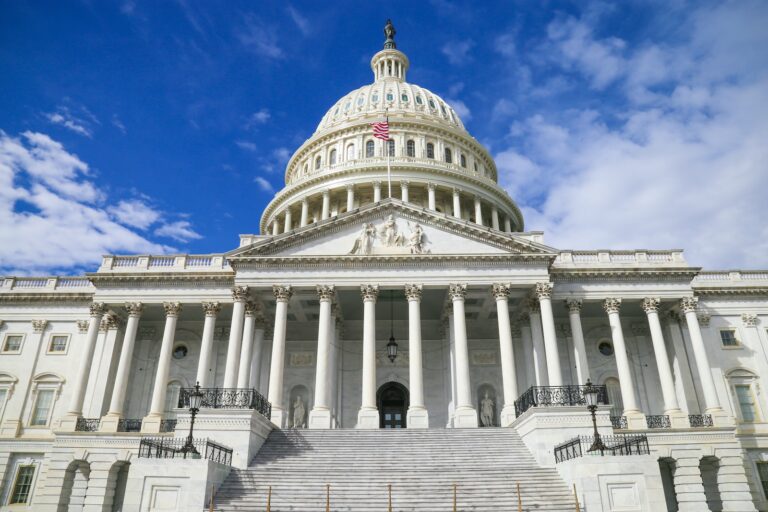ED announced a significant shift in its reimbursement policy for the remaining Elementary and Secondary School Emergency Relief (ESSER) funds. Under the new guidelines, states must now cover expenditures in advance and submit proof of spending before receiving federal reimbursement. The department cited transparency and fiscal accountability as the primary motivations for the change.
Why it matters: Previously, states could draw down federal funds as needed without immediate documentation of expenditures. While the majority of ESSER funds have already been utilized, the impact of this change may be most pronounced in states that secured extensions for spending American Rescue Plan (ARP) funds. [K-12 Dive]
- Seven states and Puerto Rico collectively received approval to extend the use of $1.7 billion in relief funding beyond the initial deadlines.
- This adjustment affects the final $4.4 billion of the $189.5 billion allocated for pandemic-related educational recovery.
What they’re saying:
- ED argues the policy ensures taxpayer dollars are used responsibly, requiring states to “keep the receipts” to prove proper use.
- AASA, The School Superintendents Association, warns that not all states have the flexibility to front costs, raising concerns about potential bottlenecks in accessing funds that were already difficult to navigate.
Looking ahead: As pandemic-era relief funds approach full disbursement, attention is shifting toward assessing their long-term impact. Education leaders and policymakers continue to call for further analysis of how these funds were utilized and whether they effectively supported learning recovery and school infrastructure improvements.
This article is sourced from Whiteboard Notes, our weekly newsletter of the latest education policy and industry news read by thousands of education leaders, investors, grantmakers, and entrepreneurs. Subscribe here.




